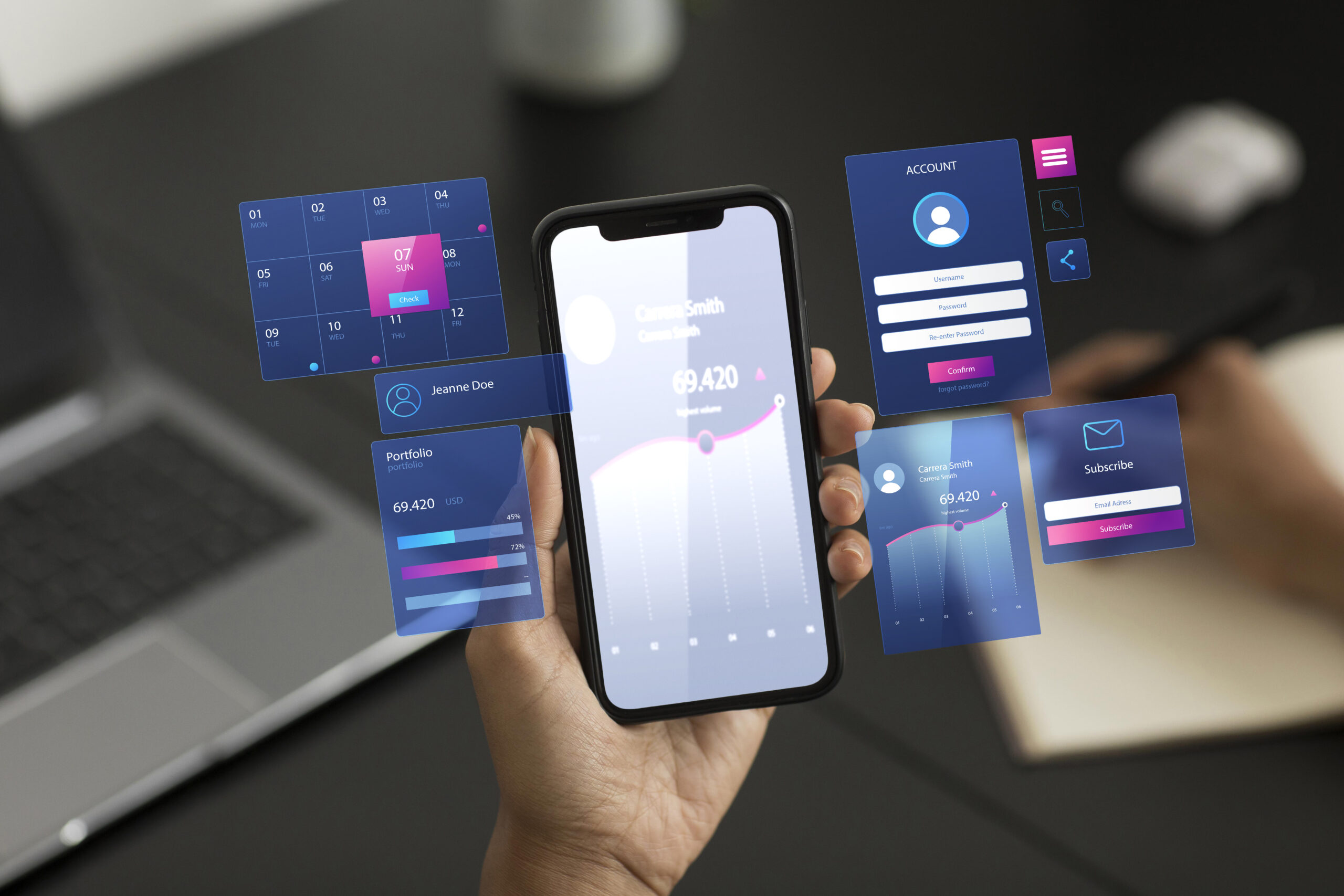Mobile apps are a powerful way to connect with audiences, streamline business processes, and boost revenue. But with great opportunity comes great risk. In fact, research shows that 80% of mobile apps fail due to poor planning, technical issues, or unmet user needs.
Whether you’re creating a startup app or a brand extension, avoiding common pitfalls is crucial. In this guide, we’ll break down the top 10 mobile app development mistakes—and how you can sidestep them to build a successful, user-friendly app.
1. Lack of Clear Purpose and Strategy
The Mistake:
Many apps are launched without a clearly defined purpose or user need. Without strategic clarity, your app risks becoming another forgotten download.
How to Avoid It:
- Conduct market research to identify a specific problem.
- Define clear goals: user acquisition, engagement, revenue, etc.
- Align features to your core value proposition.
Pro Tip: Create a detailed app business plan before development begins.
2. Skipping Market Research
The Mistake:
Assuming “if you build it, they will come” rarely works. Without understanding your audience and competitors, you risk building an irrelevant product.
How to Avoid It:
- Analyze competitors’ apps: What do users like/dislike?
- Survey potential users to understand their pain points.
- Use platforms like Statista and App Annie for industry insights.
Commercial Keyword Insert: A top-rated mobile app development company can assist with comprehensive market analysis.
3. Poor User Experience (UX) Design
The Mistake:
Clunky navigation, slow load times, confusing layouts—bad UX drives users away fast. Research shows 90% of users will stop using an app due to poor performance.
How to Avoid It:
- Prioritize simple, intuitive interfaces.
- Conduct usability testing early and often.
- Use proven UX/UI design principles.
Pro Tip: Wireframe your app before coding to visualize user journeys.
4. Ignoring Platform Guidelines
The Mistake:
Each app store (Google Play, Apple App Store) has strict guidelines. Violating them can lead to rejection—or worse, removal after launch.
How to Avoid It:
- Study the Apple Human Interface Guidelines and Google Material Design principles.
- Stay updated on store policies.
- Hire experienced mobile app developers who understand compliance.
5. Overloading with Features
The Mistake:
Trying to do too much at once leads to bloated, confusing apps that frustrate users.
How to Avoid It:
- Start with a Minimum Viable Product (MVP).
- Focus on 2-3 core features that solve the primary problem.
- Add enhancements based on user feedback post-launch.
Pro Tip: Less is more—especially at launch.
6. Neglecting Performance and Speed
The Mistake:
Slow load times are a dealbreaker. According to Google, 53% of users abandon an app if it takes more than 3 seconds to load.
How to Avoid It:
- Optimize images and backend processes.
- Conduct performance testing under real-world conditions.
- Choose scalable backend infrastructure.
Commercial Keyword Insert: Hiring a professional mobile app development agency ensures optimized coding practices.
7. Lack of Proper Testing
The Mistake:
Skipping or rushing the testing phase leads to bugs, crashes, and user frustration.
How to Avoid It:
- Conduct unit testing, integration testing, and beta testing.
- Test across multiple devices and operating systems.
- Fix critical bugs before public release.
Pro Tip: Embrace a continuous testing mindset throughout development.
8. Ignoring Feedback After Launch
The Mistake:
Building the app is just the beginning. Failing to listen to user feedback leads to poor ratings and declining usage.
How to Avoid It:
- Monitor app store reviews and social media comments.
- Use tools like Firebase Crashlytics and AppFollow to track issues.
- Roll out regular updates addressing user concerns.
Pro Tip: Engage early adopters and reward feedback contributors.
9. Weak Marketing and Launch Strategy
The Mistake:
A great app with no marketing is like a hidden treasure. It won’t succeed if people don’t know it exists.
How to Avoid It:
- Create a pre-launch marketing plan (social media, PR, email list building).
- Leverage app store optimization (ASO) techniques.
- Run early beta programs to build hype.
Commercial Keyword Insert: Partner with a top mobile app marketing company to maximize visibility.
10. Failing to Plan for Ongoing Support
The Mistake:
Too many businesses treat the app launch as the end instead of the beginning. Without updates, even the best apps fade.
How to Avoid It:
- Budget for post-launch maintenance.
- Plan regular feature updates and security patches.
- Keep up with evolving user needs and platform changes.
Pro Tip: Long-term success comes from treating your app as a living, evolving product.
Final Thoughts
Mobile app development isn’t just about having a great idea—it’s about execution, strategy, and ongoing optimization. By avoiding these top 10 mistakes, you’ll dramatically increase your chances of building an app that delights users, stands out in competitive marketplaces, and achieves your business goals.
If you’re looking for expert help, partnering with a trusted mobile app development company can make the journey smoother, faster, and far more successful.






